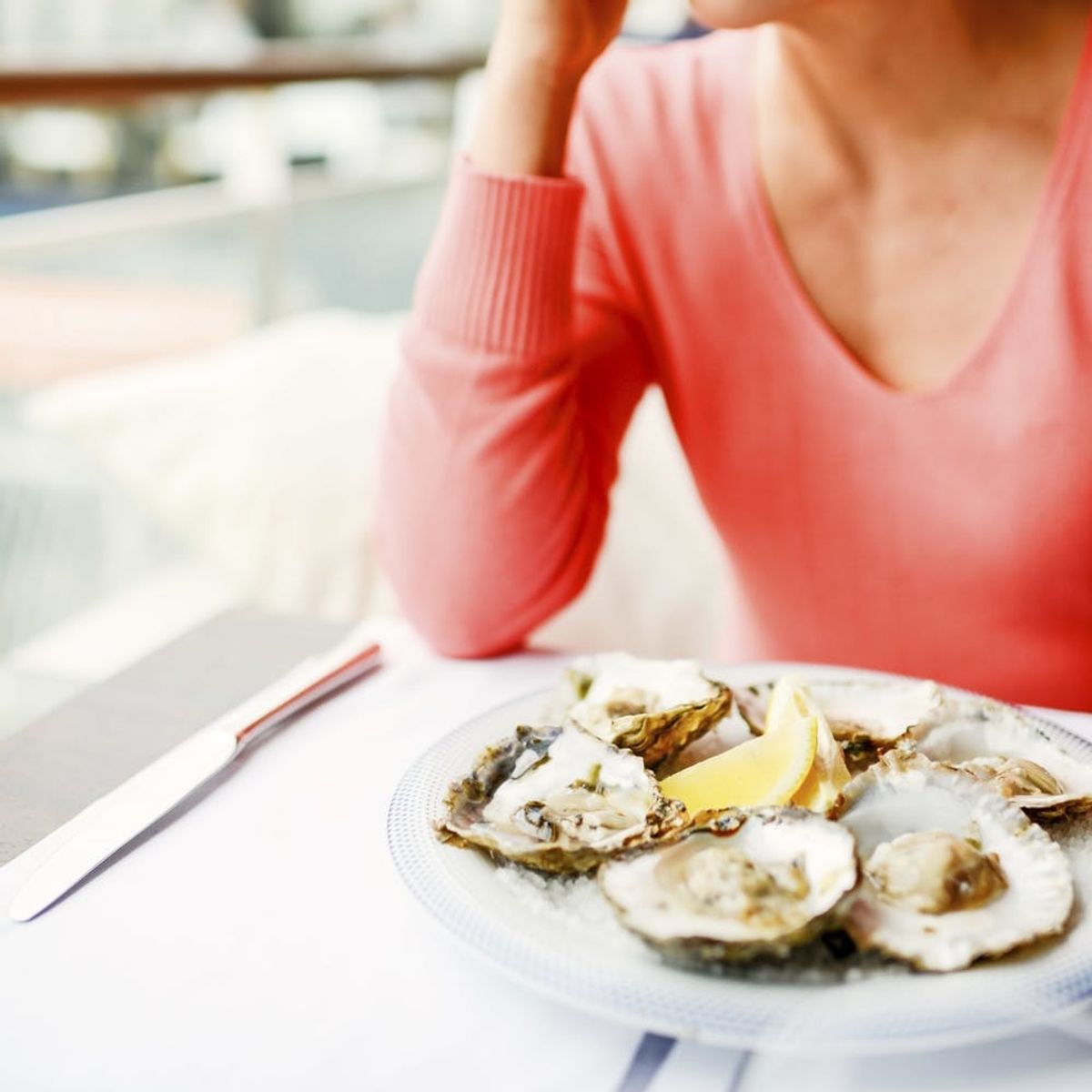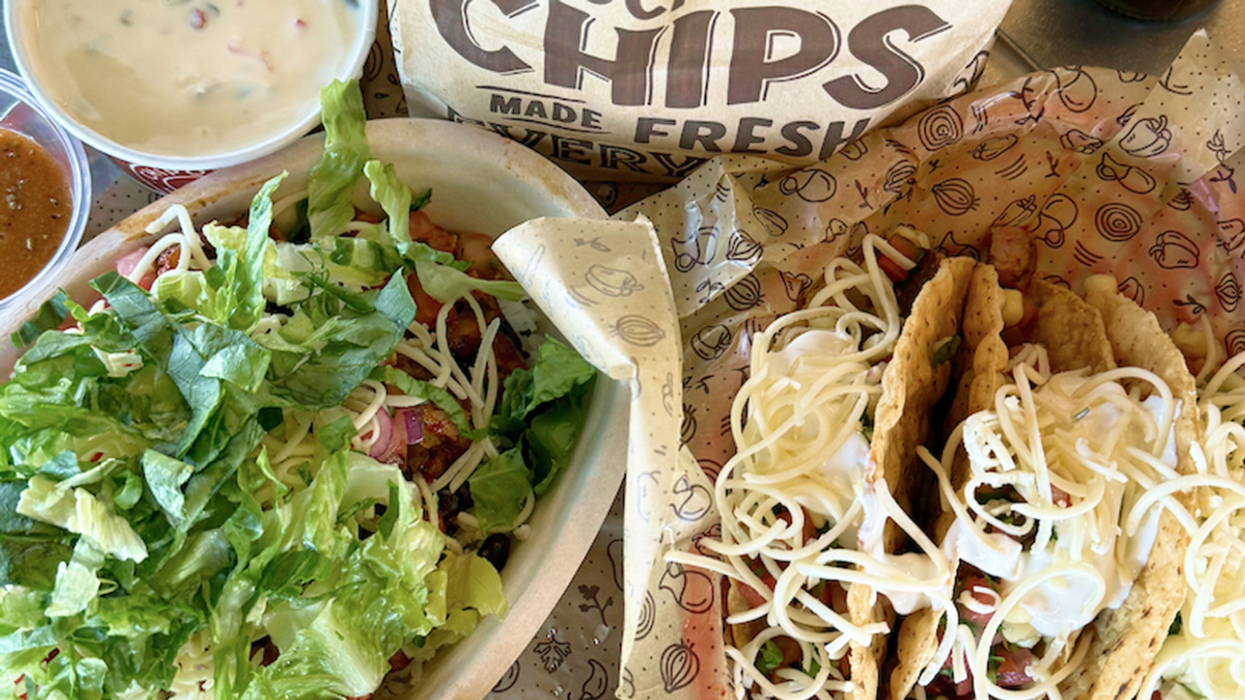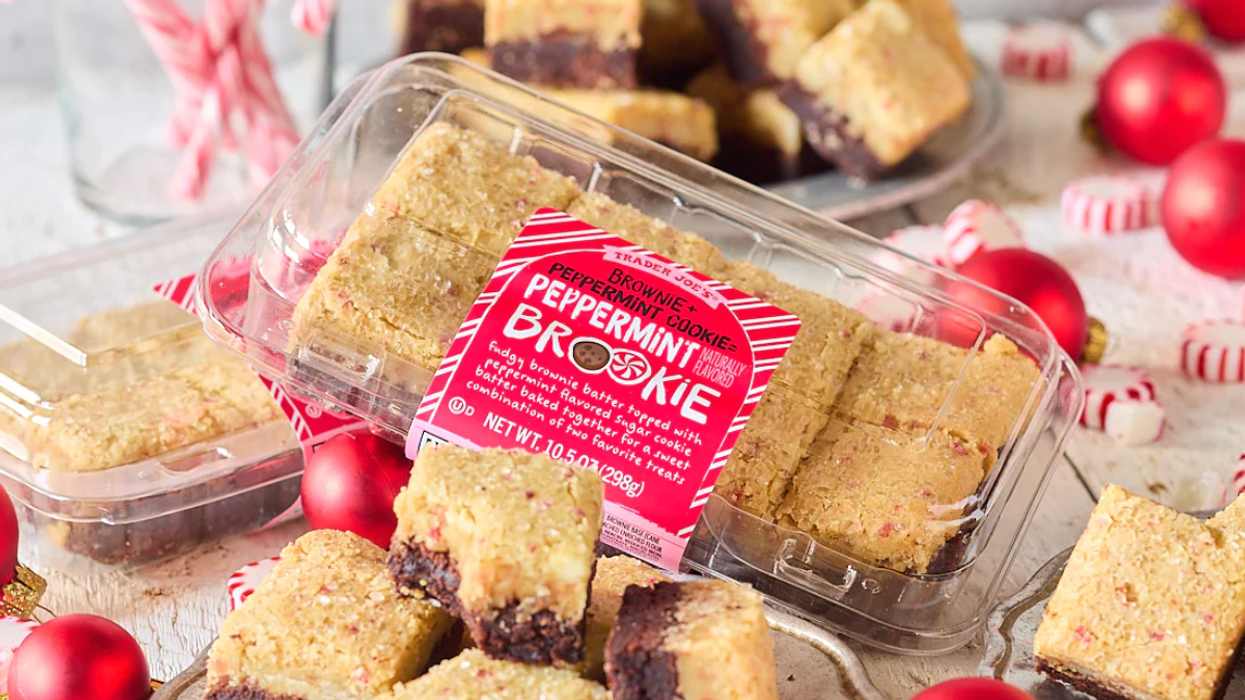Add more of this mineral to your diet STAT!
Why You May Want to Consider Adding Copper to Your Diet

From poop pills and wine before bed to avoiding certain kinds of nail polish, you’ve probably noticed that weird weight-loss trends are on the rise. While we have yet to see a one-size-fits-all solution, a new study conducted at the University of California, Berkeley suggests that copper is critical for burning fat. Huh? You heard right: Copper surprisingly plays a major role in nutrition.
The study’s lead researcher, Christopher Chang, became interested in copper after learning it was given to cows to regulate weight gain. To investigate how copper metabolized fat, Chang and his team studied its affect on mice. They discovered that copper actually transfers fat from cells into the blood stream for energy use. In other words, copper “releases the brake on fat burning” and allows fat to metabolize when it normally wouldn’t (such as when you’re sitting on the couch).
While studies show that cooking with a cast iron skillet adds iron to your food, Chang notes that this isn’t the case with copper cookware, so it’s best to get it straight from food. According to the National Institute of Health, copper is found in plenty of foods, including 2016’s number one food trend — oysters. You can also fill up on copper by noshing on dark leafy greens, shellfish, goat cheese, whole grains, cocoa, beans, shitake mushrooms, potatoes, nuts and dried fruits.
How Much Copper Should I Have?
While it might be worthwhile to incorporate copper-rich foods into your diet, Chang warns against copper supplements, as having too much can lead to unhealthy mineral imbalances. The Mayo Clinic recommends the following dietary intake for copper:
1. Adolescent and adult males: 1.5 to 2.5 mg per day, about four to six oysters.
2. Adolescent and adult females: 1.5 to 3 mg per day, about 12+ shitake mushrooms.
What are your favorite copper-rich foods? Tell us @BritandCo!
(Photos via Getty)













